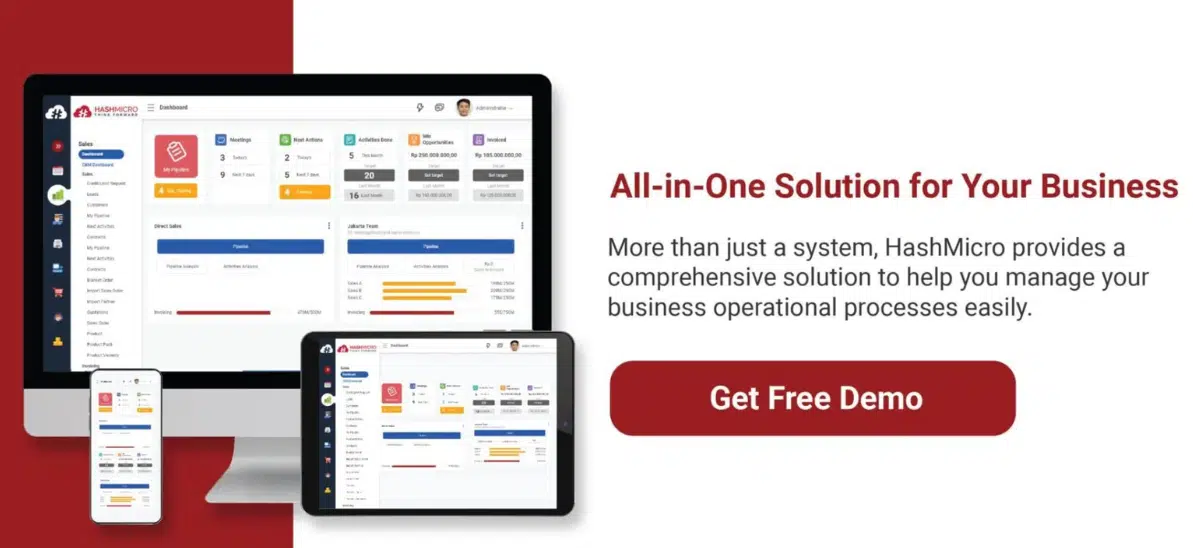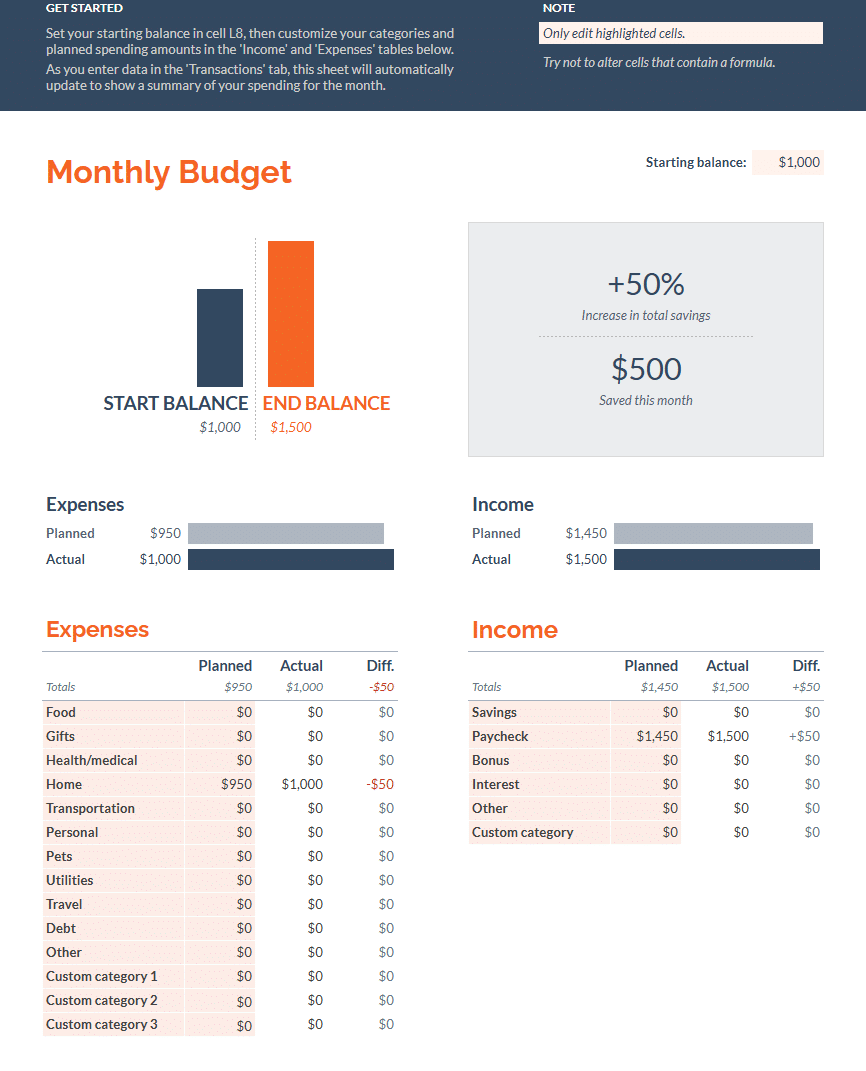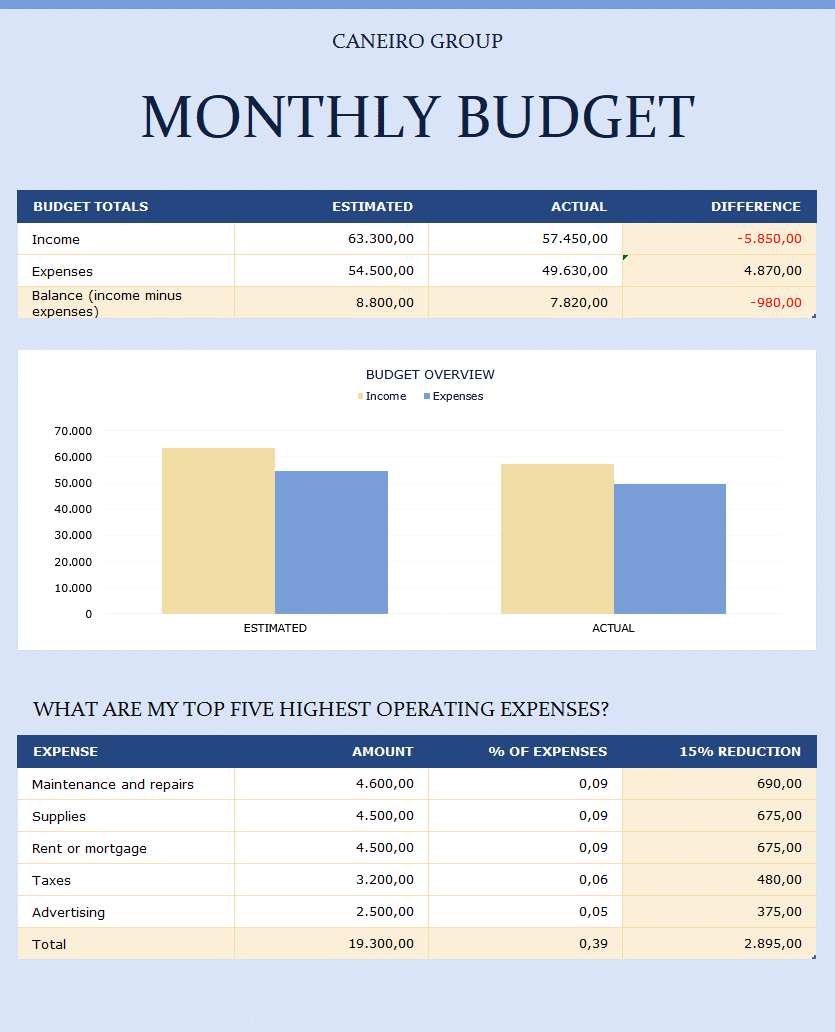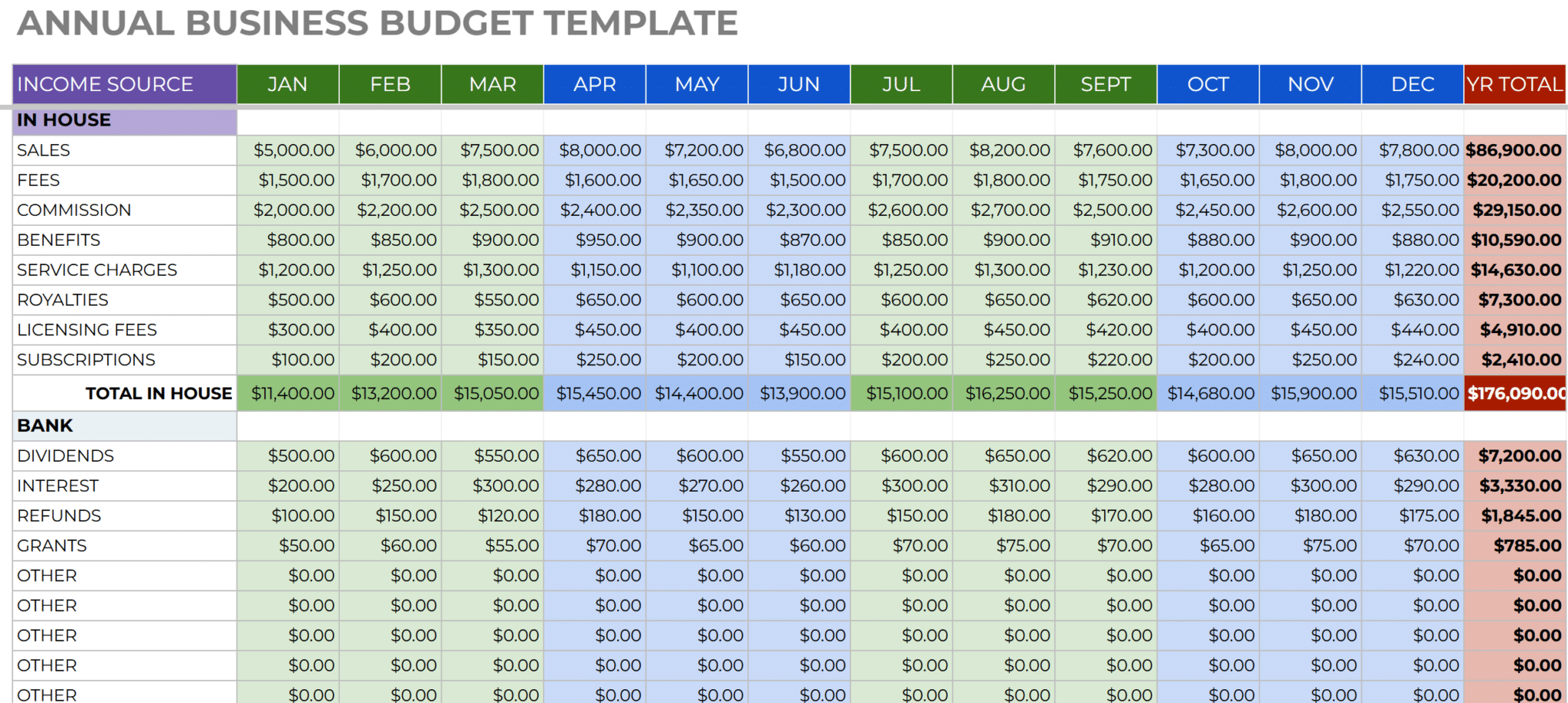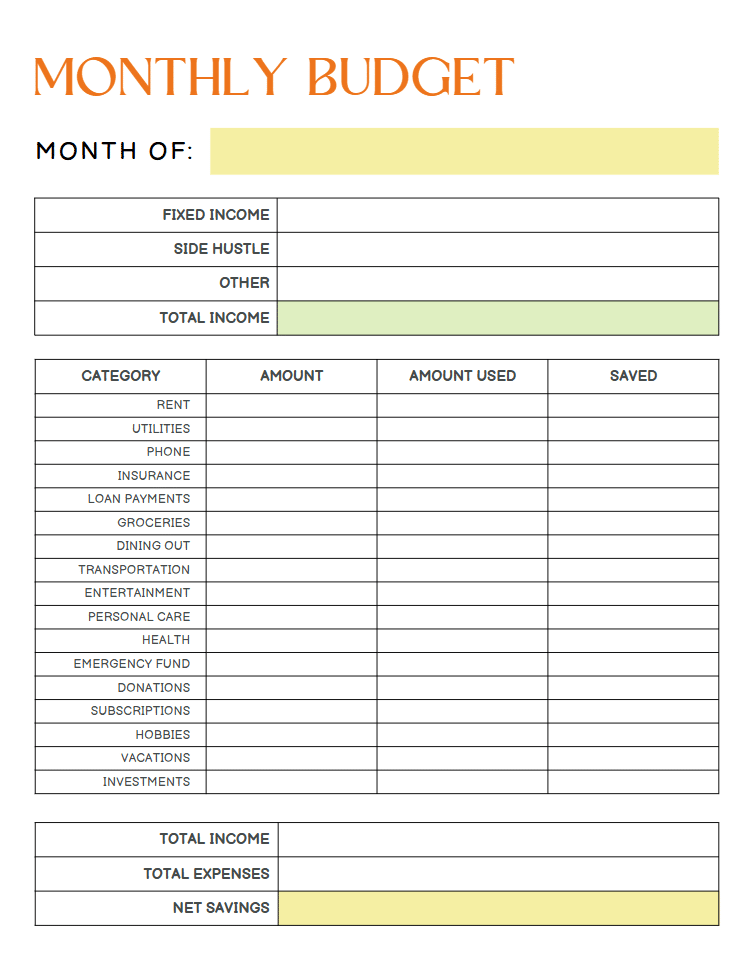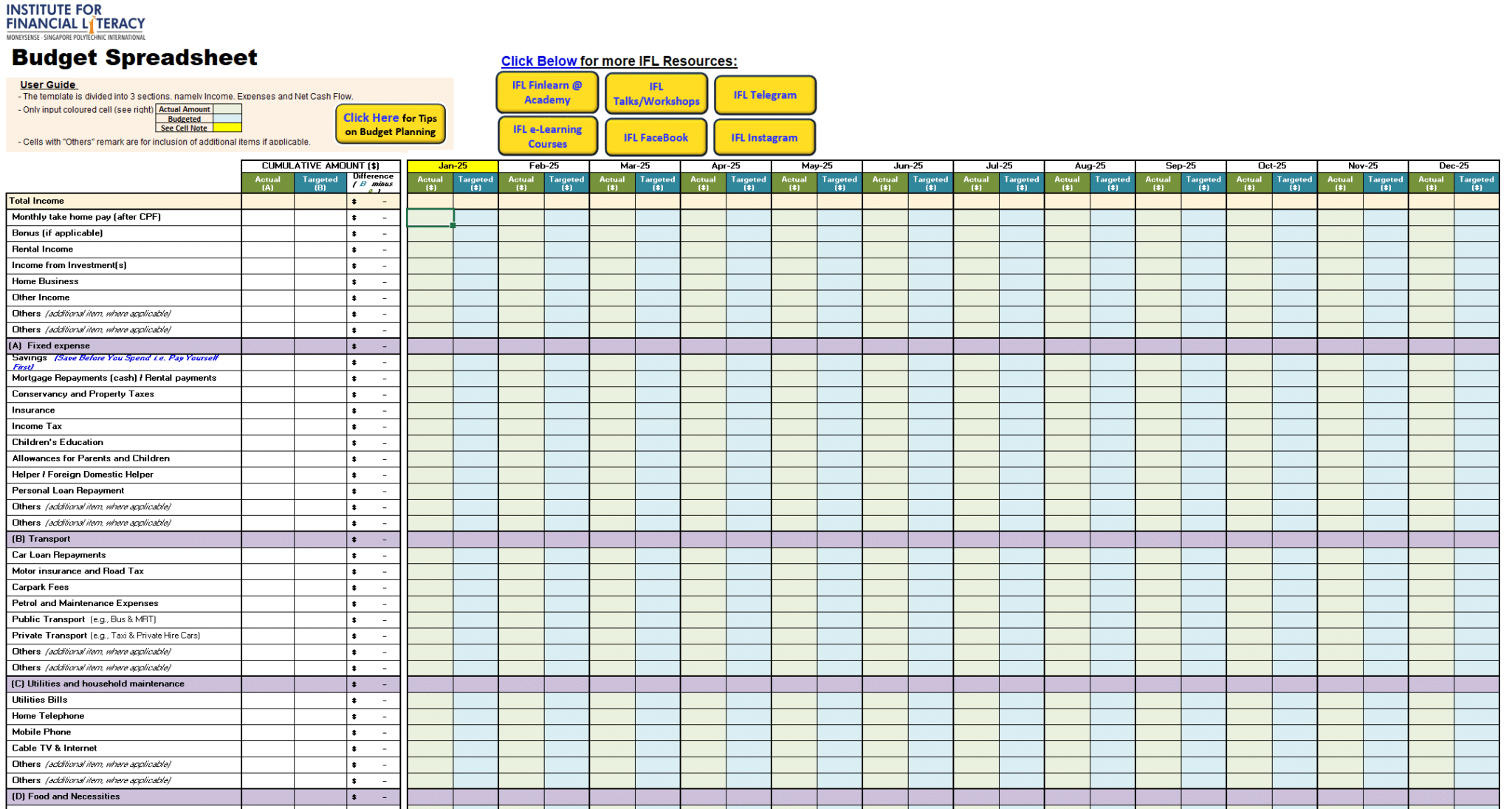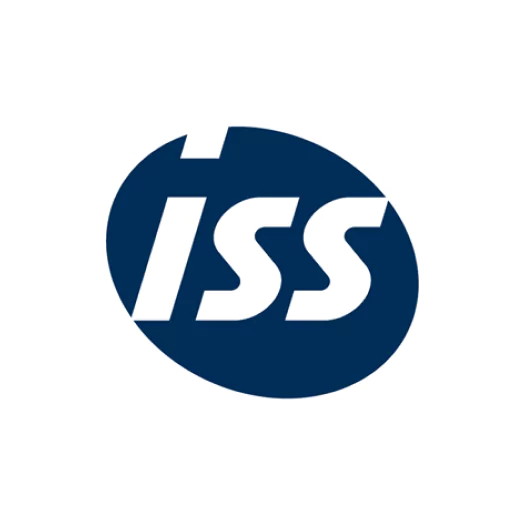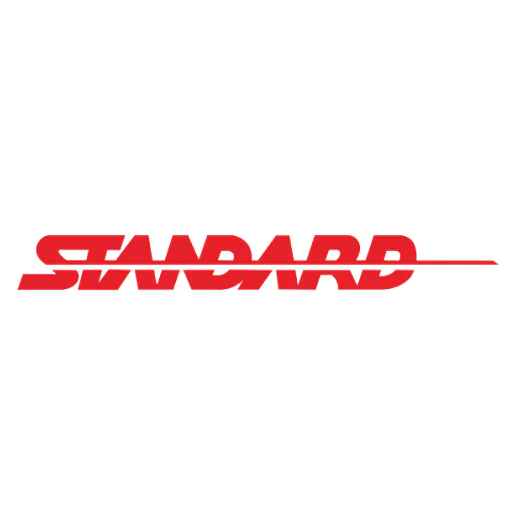Do you spend most of your time creating spreadsheets from scratch through various data inputs? In the end, you may gain the glory for getting the precise data, which enables you to make good business decisions.
As the saying goes “Rome wasn’t built in a day”, and the same principle applies shows that creating spreadsheets still requires not only dedicated perseverance, but also a touch of creativity to craft something truly effective. Fortunately, you dont have to start from zero every time.
With HashMicro Accounting Software, managing finances becomes easier with tools like the Financial Statement with Budget Comparison to spot discrepancies and the Budget S Curve for tracking spending. Features like Profit and Loss vs. Budget and Multi-Level Analytics allow for effective comparison across branches, ensuring your financial plans stay on track.
Throughout this article, we’ll share 5 free financial budget templates tailored to various business needs. These resources can streamline your workflow, save time, and let you focus on growing your business. Explore the top templates and gain practical tips to elevate your budgeting processes.
Key Takeaways
|
Table of Content:
Table of Content
What is the Financial Budget Template?
A Financial Budget Template is a pre-designed framework that outlines a company’s income, expenses, and savings over a specific period. By organizing your income, expenses, and savings in one structured format, it helps you gain a clear understanding of your company’s financial health.
Moreover, it empowers businesses to make informed decisions, avoid overspending, and set realistic financial goals. Whether you’re managing a startup or a well-established corporation, this template ensures your finances are aligned with your strategic objectives, fostering growth and stability.
The primary goal of a Financial Budget Template is to provide businesses with a clear and organized way to manage their finances. It helps companies set achievable financial goals, allocate resources effectively, and track spending, ensuring they avoid overspending and optimize cash flow.
By using this tool, businesses can make data-driven decisions, ensuring long-term financial stability and supporting sustainable growth.
How to Calculate Financial Budget Planning?
Calculating financial budget planning requires a structured approach to ensure businesses can effectively allocate resources, track income and expenses, and make informed decisions. Below is a comprehensive guide to help you calculate your financial budget:
1. Gather historical data
Begin by collecting financial statements from previous periods, such as income statements, balance sheets, and cash flow reports. This historical data helps identify trends in income and expenses, providing a solid foundation for your budget. By reviewing past performance, you can make more accurate projections and better understand the financial health of your business.
2. Estimate projected income
Estimate the income your business expects to generate during the budget period. This involves analyzing market trends, sales forecasts, and any anticipated changes in your business operations. Consider factors like seasonal fluctuations and external economic conditions that may influence your revenue. A realistic income estimate serves as the basis for your entire budget and helps ensure that your spending aligns with expected earnings.
3. Identify and categorize expenses
Break your expenses into fixed and variable categories. Fixed expenses, such as rent, salaries, and utilities, remain constant each month, while variable expenses, like marketing, raw materials, and supplies, fluctuate based on business activity. Accurately estimating these expenses allows you to better allocate resources and avoid overspending.
4. Set financial goals
Define your short-term and long-term financial objectives. These could include goals like increasing revenue, reducing costs, or setting aside funds for investments or debt repayment. Having clear financial goals helps you align your budget with your business’s overall strategy, ensuring your financial decisions support long-term growth and stability.
5. Choose a budgeting method
Select a budgeting method that fits your business needs. Common options include:
- Traditional Budgeting: Calculate the difference between projected income and expenses to create a detailed budget.
- 50/30/20 Rule: Allocate 50% of income to essential needs, 30% to discretionary spending, and 20% to savings or debt repayment.
- Zero-Based Budgeting: Start from scratch each period, justifying every expense to ensure alignment with current goals. Each method offers different benefits, so choose the one that aligns best with your business objectives
6. Create the budget
Using tools like Excel or Google Sheets, input your estimated income and categorized expenses. This allows you to visualize your financial situation clearly and see how well your resources are allocated. A well-organized budget makes it easier to track progress and make adjustments as needed.
7. Monitor and adjust
Once the budget is set, regularly track your actual income and expenses to compare them with your estimates. This helps identify any variances, allowing you to make timely adjustments. Regular monitoring ensures that you stay on track with your financial goals and can quickly address any discrepancies that arise.
8. Review periodically
Review your budget at regular intervals (monthly or quarterly) to ensure it remains relevant to your business’s current needs and goals. Business conditions can change quickly, so periodic reviews allow you to adapt your budget as needed and ensure your financial plan remains effective in driving growth and stability
By following these steps, businesses can calculate a comprehensive and accurate financial budget, making it easier to manage resources, achieve financial goals, and ensure long-term success.
What are the Components of the Financial Budget Template?
A well-organized financial budget template serves as the backbone of a company’s financial planning. It provides a clear overview of income, expenses, and other key financial factors, allowing businesses to make informed decisions and maintain financial health. Here are the essential components that should be included in a comprehensive financial budget template:
-
Income sources
The first component of any financial budget template is the income section. This should outline all expected revenue streams, such as sales revenue, investments, or other income sources. It’s important to categorize income into regular and irregular streams, which helps businesses forecast cash flow more accurately. Clear visibility of expected income sets the stage for effective budget allocation.
-
Fixed expenses
Fixed expenses are costs that remain constant each month, regardless of business performance. These include rent, salaries, utilities, and insurance premiums. Including these costs in your budget is crucial, as they help ensure that essential expenses are covered and that you can predict cash flow accurately. By accounting for fixed expenses first, businesses can manage their core operations without financial surprises.
-
Variable expenses
Unlike fixed expenses, variable expenses fluctuate based on business activity. These may include marketing, raw materials, transportation, or commissions. Including this section in the budget planning template allows businesses to anticipate costs that can vary from month to month. Monitoring variable expenses helps identify areas where spending can be optimized or reduced as needed.
-
Savings and investments
Allocating funds for savings or investments is a critical component in any financial budget template. This includes setting aside a portion of income for future growth, emergencies, or debt repayment. Establishing a savings plan helps businesses build financial resilience and prepare for unexpected challenges. It also ensures long-term stability by planning for reinvestment or capital expansion.
-
Debt repayment
Debt management is a key aspect of financial health. This component should clearly outline any outstanding loans or liabilities, along with the repayment schedule. By including debt repayment in the budget template, businesses can track their obligations and avoid unnecessary financial strain. Timely debt repayment not only improves cash flow but also helps maintain a good credit rating.
-
Contingency fund
A contingency fund is designed to address unexpected expenses or financial challenges that may arise during the budget period. Allocating a small percentage of the budget to a contingency fund provides businesses with a safety net in case of emergencies or unforeseen circumstances. It allows businesses to remain flexible and adaptable without disrupting financial plans.
-
Profit margins and financial goals
Finally, your budget should include clear financial goals and profit margin targets. These may involve revenue growth, cost reduction, or specific profit targets for the period. Setting measurable objectives helps businesses stay focused and ensures that the financial budget is aligned with the overall strategic vision. These goals provide motivation and a benchmark for evaluating financial performance.
What are the Types of Creating a Financial Budget Template?
Creating a financial budget template is crucial for businesses to manage finances effectively. The right method depends on business goals, income stability, and operational needs. Here are some popular options:
- Traditional Budgeting: This simple method estimates income and expenses based on historical data. It works well for businesses with predictable costs and stable revenue, providing a clear financial overview.
- Zero-Based Budgeting: In this approach, businesses start from zero each period, justifying every expense. It ensures resources are allocated efficiently and helps eliminate unnecessary costs, making it ideal for companies focused on financial discipline.
- Incremental Budgeting: This method adjusts the previous year’s budget by small increments, often based on inflation or expected changes. It’s best for businesses with steady operations, offering a smooth transition between periods.
- Activity-Based Budgeting: This method links costs directly to business activities, helping businesses allocate resources more efficiently. It’s particularly useful for companies focused on optimizing operational efficiency and maximizing profitability.
- Flexible Budgeting: It adjusts the budget in real time based on actual income and expenses. This is ideal for businesses with fluctuating revenues, ensuring they can stay on track despite changes.
- Rolling Budgeting: It could update the financial plan template regularly, adding new periods as old ones end. This approach ensures businesses always have an up-to-date financial outlook, which is crucial for fast-moving industries.
5 Financial Budget Template to Utilize
As a business roadmap, the financial budget has various tools which cater different business needs. Through using 5 free financial budget templates, which use either excel or spreadsheets. We remind you that each of them has their own customization features and try to utilize templates that suit your business needs:
-
Google sheets budget template
Google Sheets budget templates are an excellent tool for businesses in Singapore to streamline financial tracking. These templates come with built-in formulas and categories, making it easy to customize them to suit your specific needs.
By inputting your financial data, the templates automatically calculate totals and give you clear insights into your income and expenses.
The templates are user-friendly, so even beginners can easily navigate them. With the flexibility to add or remove categories, and the automation of calculations, businesses can save time and reduce errors. Plus, being cloud-based, your budget is accessible from anywhere, ensuring you can manage your finances on the go.
To access these templates, simply open Google Sheets, go to the “Template Gallery,” and choose from a variety of options like monthly or annual budgets. Google Sheets budget templates could be used for all types of businesses, from small startups to larger enterprises, helping you stay organized and in control of your finances.
-
Microsoft office excel budget template
Microsoft Excel budget templates are powerful tools for businesses in Singapore to manage finances efficiently. These pre-designed spreadsheets allow you to input your financial data and leverage built-in formulas to calculate totals and track differences between budgeted and actual amounts.
This approach simplifies the budgeting process, ensuring better financial control. The templates are easy to use, even for those with minimal Excel experience. You can customize categories and formulas to match your specific needs, providing a tailored solution for your business.
You can find Microsoft Excel budget templates through various channels. Visit the Microsoft Create website to explore a wide range of free templates for both personal and business use. Alternatively, open Excel, navigate to the “File” tab, select “New,” and search for “Budgets” to find options directly in the application.
These templates are perfect for businesses of any size, helping you track income and expenses, improve financial management, and work towards your financial goals with ease.
-
HashMicro Business Budget Template
HashMicro’s business budget template, a feature of their accounting software, could simplify financial management for Singapore businesses. It allows you to track income and expenses across categories, allocate budgets to projects or departments, and compare actual spending with allocations for better control.
Integrated financial tools also support real-time reporting and cash flow forecasting, helping you make informed decisions effortlessly. Customizable to your needs, the template offers multi-level revenue analysis by projects or branches. Real-time insights ensure timely decisions, while compliance with accounting standards guarantees peace of mind.
Seamless integration with other modules creates an efficient, unified financial system tailored for your business. Accessing the template is easy; just visit the HashMicro website to request a free demo and explore how it fits your operations.
Designed for SMEs and larger organizations, it’s ideal for businesses seeking smarter financial planning, streamlined budgeting, and compliance with local regulations. Enhance efficiency and achieve your financial goals with HashMicro’s business budget template.
-
Canva budget template
Canva offers customizable, visually engaging budget templates perfect for businesses and individuals. With its intuitive drag-and-drop interface, users can easily adjust layouts, colors, and fonts to suit their needs. Canva’s templates, including monthly budgets, annual planners, and expense trackers, cater to various financial situations.
Cloud-based access allows you to edit templates from any device. Simply visit the Canva Template Gallery to find budget templates or explore third-party collections. Ideal for businesses, students, and small business owners, Canva’s templates make financial management both creative and effective.
-
Institute for financial literacy budget spreadsheet
The Institute for Financial Literacy offers budget spreadsheets that help individuals track their income, expenses, and savings goals. These worksheets include sections for categorizing income and expenses, giving users a clear overview of their financial situation and how it aligns with their goals.
What makes these spreadsheets valuable is their comprehensive design, covering all key aspects of budgeting, including income sources and savings targets. They are easy to use, making them accessible for all financial literacy levels.
Some versions even feature interactive elements for real-time calculations. Additionally, the Institute provides educational resources and tips, enhancing the budgeting experience. To access the spreadsheets, visit the Institute for Financial Literacy’s website or check financial literacy platforms for downloadable tools.
These spreadsheets are perfect for individuals, families, and students aiming to improve financial management and achieve specific financial goals. By using these spreadsheets, users can gain a clearer understanding of their finances and make more informed decisions.
How Financial Budget Template Benefits Your Business?
Managing finances effectively is key to any business’s success. With the right tools, you can streamline budgeting, improve decision-making, and drive growth. A financial budget template offers a simple yet powerful solution for businesses in Singapore to stay on top of their financial goals. Here’s how it can benefit your business:
- Streamlined Financial Tracking: A budget template provides a clear structure for tracking income and expenses. This organized approach helps businesses monitor cash flow, identify overspending or savings opportunities, and make data-driven decisions to maintain financial health.
- Creation of Realistic Budgets: Budget planning templates offer predefined categories, allowing businesses to quickly create practical and realistic budgets. These templates can be adjusted to meet specific needs while staying within industry standards.
- Enhanced Financial Performance Monitoring: Budget templates help businesses track their financial performance by comparing actual figures with projections. With regular updates and visual aids like charts, businesses can easily identify trends and adjust strategies to meet financial goals.
- Improved Collaboration and Communication: Using a shared budget template promotes real-time collaboration among team members. This ensures everyone is aligned on financial goals, reducing miscommunication and improving decision-making across the business.
- Greater Control Over Financial Challenges: A structured budget template enables businesses to identify cash flow issues early, allowing for proactive adjustments. This helps maintain control during tough financial periods and builds trust with stakeholders.
- Facilitation of Strategic Planning: A comprehensive budget planning template provides a roadmap for future financial decisions, guiding strategic planning for growth, resource allocation, and investment choices.
What is the Formula for Creating a Financial Budget?
So you may wonder what’s the secret ingredient to create a financial budget? Here’s the key, a simple yet highly effective formula for financial budgeting is the 50/30/20 Rule, which provides a structured way to allocate your income.
This budgeting method helps ensure manageable debt, occasional indulgences, and consistent savings for future needs or unexpected expenses. Here’s how it works:
1. Dedicate 50% of your income to needs
Start by reserving up to 50% of your after-tax income for essential expenses. These are the non-negotiable costs that keep your daily life running, such as:
- Groceries
- Housing and rent
- Utilities (electricity, water, internet, etc.)
- Transportation
- Insurance premiums
- Minimum debt payments (anything above the minimum falls under savings and debt repayment)
- Childcare or other work-related necessities
If your essential expenses exceed the 50% limit, consider reallocating funds from your “wants” category temporarily or adopting a more flexible budgeting model, like the 60/30/10 Rule. Adjusting your budget to fit your current financial situation is not a failure; it is a practical step towards sustainability.
Even if your needs are within the 50% cap, revisit these expenses periodically. A better phone plan, mortgage refinancing, or more affordable car insurance could free up funds for other priorities.
2. Allocate 30% of your income for wants
Set aside 30% of your income for discretionary spending, which includes things that enhance your quality of life but are not strictly necessary. Examples include dining out, leisure activities, and travel.
Distinguishing between needs and wants can sometimes be tricky. For instance, is a spa visit a need for mental well-being or a luxury? Is opting for organic groceries a health necessity or a personal preference? The answers depend on your priorities.
If you are working to eliminate debt quickly, you might choose to defer some wants until your financial footing improves. However, avoid eliminating all indulgences. A budget that feels overly restrictive is hard to maintain. Allowing some flexibility ensures you can enjoy life while staying on track financially.
3. Commit 20% of your income to savings and debt repayment
The remaining 20% of your after-tax income should go towards building a financial cushion and securing your future. This portion covers:
- Emergency savings
- Retirement contributions
- Investments for long-term growth
- Additional payments on loans and credit card debt
Balance is key here. Depending on your immediate priorities, you may alternate between saving and accelerating debt repayments. For example, you could direct more funds toward building an emergency fund first, then shift focus to paying off debt faster.
The 50/30/20 Rule simplifies financial budgeting, making it easier to stay organized and focused on your goals. By customizing this formula to fit your business or personal circumstances in Singapore, you can create a realistic plan that drives financial growth and stability.
Conclusion
Creating a well-structured financial budget is crucial for businesses aiming for financial success. It allows companies to track income and expenses efficiently, ensuring resources are allocated effectively. With the right budgeting tools, businesses can streamline the process, save time, and maintain control over their finances while staying on track to meet their goals.
Understanding key financial components like budget comparisons and forecasting is essential for identifying discrepancies and making adjustments. HashMicro’s Accounting Software makes this easier with features like Financial Statements with Budget Comparison, Budget S Curve, as well as Profit and Loss vs Budget Forecast tools.
These tools enable businesses to monitor performance against budgets and make informed decisions. Moreover, HashMicro’s Multi-Level Analytical feature allows businesses to compare financial results across projects, branches, or entities, providing a clear view of overall performance.
Start optimizing your financial management today by trying a free demo of HashMicro Accounting Software and unlock its full potential for your business.




